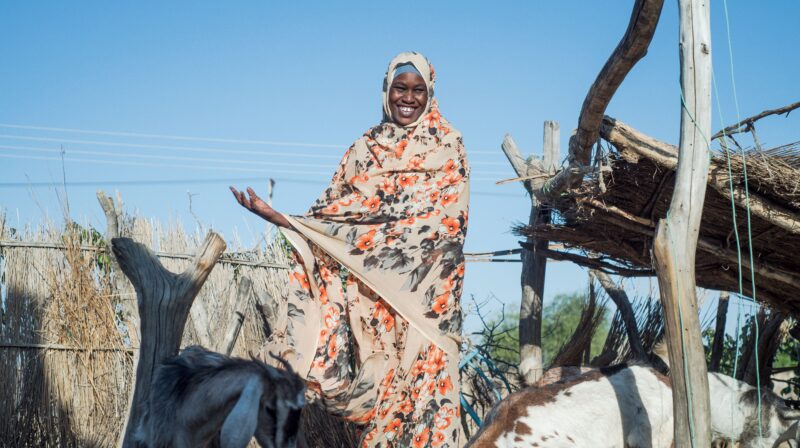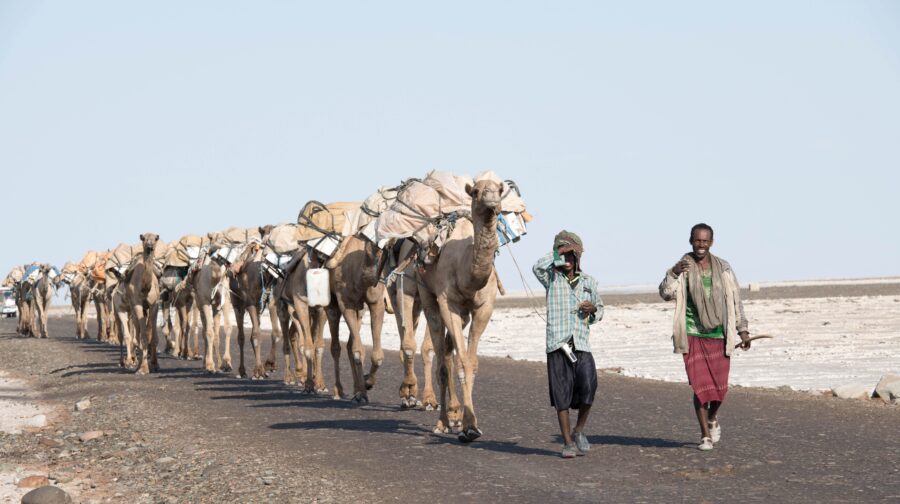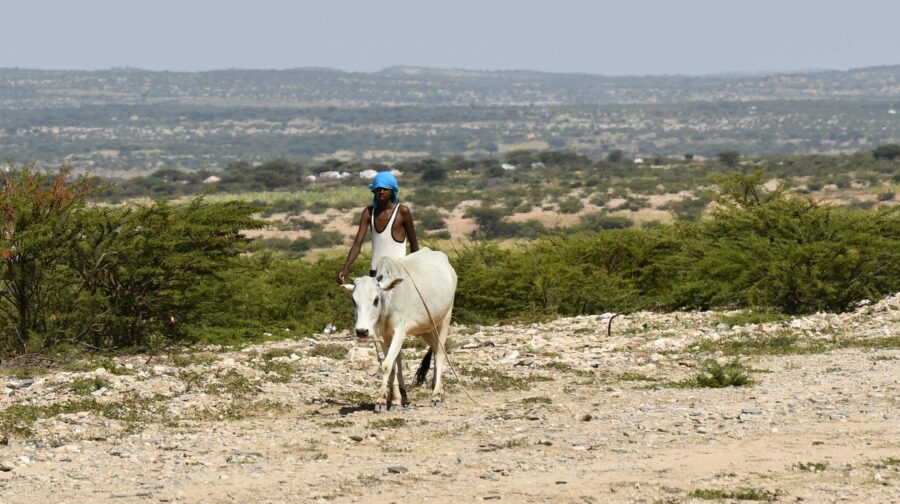Who we help
Every year we can reach well over a million people and over 7 million animals in our projects. Most people live in pastoral communities, a way of life that is best comparable to the former shepherd in Europe, also called alpine pastoralist. But what is pastoralism? What is a pastoralist? And why is this way of life so endangered?
What is pastoralism?
Pastoralism is a form of migratory livestock farming in which livestock owners lead their animals to different pastures, sometimes several hundred kilometers away, in an annual cycle. The long-distance migration requires the management of a mobile household, i.e. pastoralists move their residence temporarily along the migration route. Pastoralism is a way of life practiced by approximately 200 million people, according to rough estimates by the FAO.

What makes pastoralism so special?
The migration of pastoralists is an adaptation strategy to life in arid climates where agriculture does not provide an adequate livelihood. Pastoralist grazing systems can be found in almost all arid regions of the world where pastures do not provide sufficient forage throughout the year, e.g. in regions with distinct dry and rainy seasons (e.g. Sahel and East Africa) or in mountainous regions with limited pastures in the valley (e.g.: Alps, Anatolia and Caucasus).
Pastoralists live in close contact with their animals. They are excellent herd managers and breed animals that are optimally adapted to the climatic challenges of their living environment. They thus contribute to the preservation of a large number of highly specialized, heat-tolerant breeds of camels, cattle, sheep and goats.
During migration, pastoralists are usually left to fend for themselves in harsh environmental conditions and are exposed to high health risks. The procurement of water, food and energy and also their own health care and that of their herd must be managed by their own family, which at times lives far away from other people and communities. The mobile life and the extreme remoteness of the settlement sites make access to education difficult, especially for girls.
Pastoralism is an extensive form of livestock farming, which in its original form, where grass growth and pasture use are balanced, contributes to the preservation of global natural grasslands (one of the most important carbon sinks worldwide). They use their pastures as common property in a strictly regulated manner and respond to shortages of resources, e.g. in times of drought, with cooperative agreements and coordinated migratory movements. These rules and cooperative arrangements are at the core of sustainable use of sensitive ecosystems, as practiced by pastoralists for millennia.

© Henry Fuchs

© VSF Germany
Is pastoralism in danger?
Today, the long-term sustainability of pastoralism is threatened as pastoralists cannot sustain their extensive migration cycles. The reasons usually lie in the loss of land and grazing rights, e.g. because of progressive population growth and the increase of settlement areas or conversion of pastureland into arable land and often also in flight from violent conflicts. In addition, poor provision of the most necessary government services, such as health and animal health services, education and lack of emergency assistance represent other reasons for settlement and the restriction of migration cycles. Therefore, many mixed forms of pastoralism have formed in which crop farming and reduced migration cycles are combined, or in which only part of the household completes the migration with the animals.
